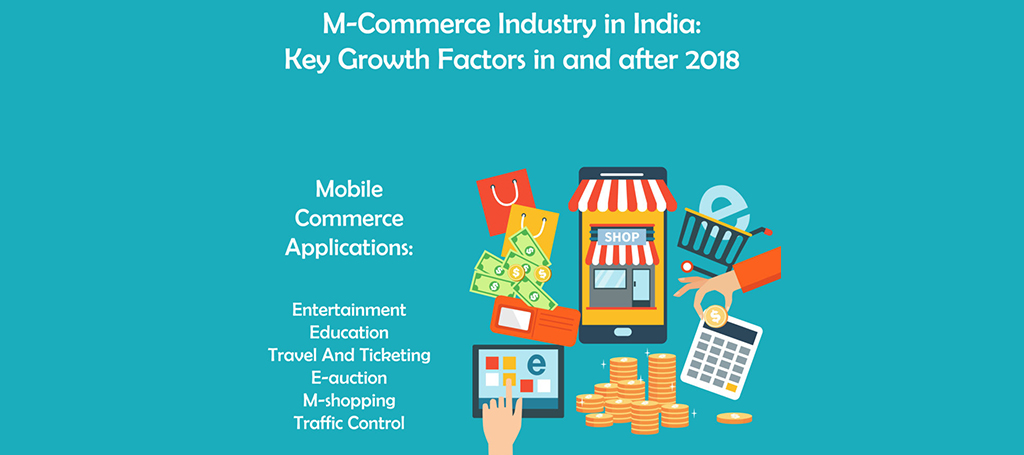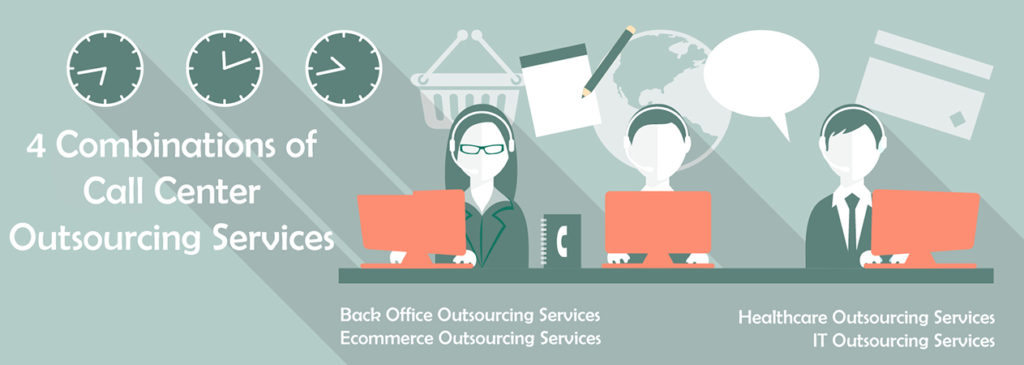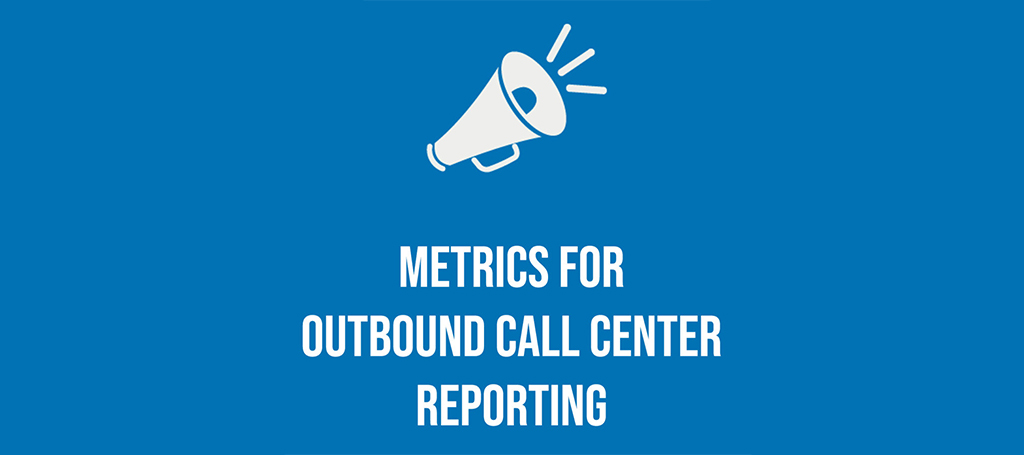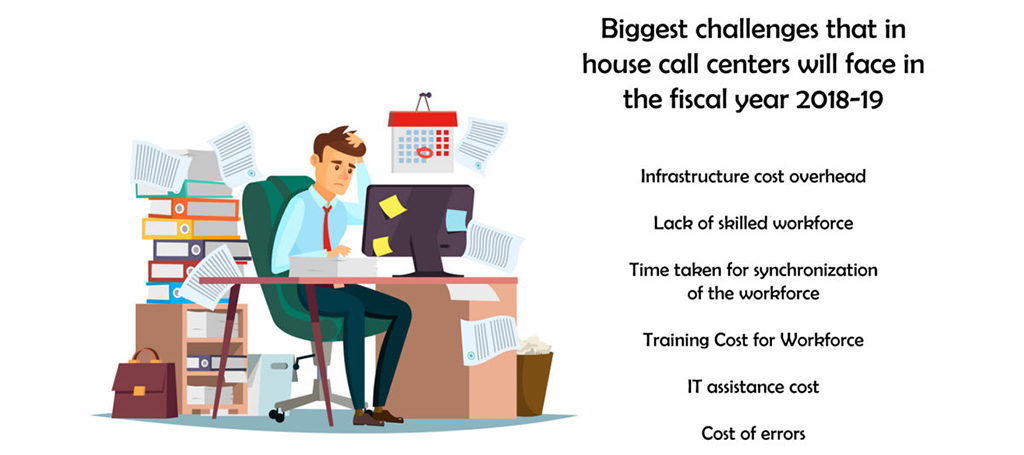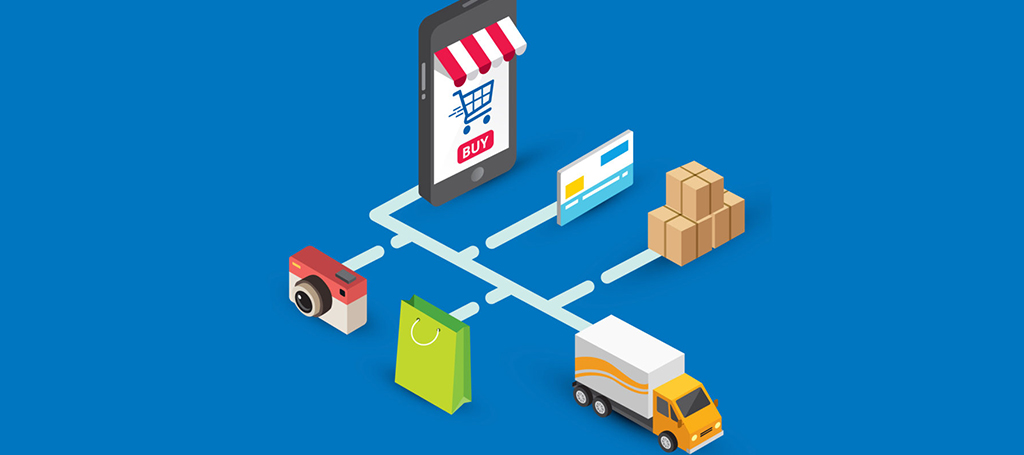Mobile Technology is one of the most awe inspiring advances made in the digital field during the past few decades. The world of mobile technology has witnessed several stages of evolution ever since the inception of the technology. Being an infant in the technical field, the scope of mobile technology is still a topic of discussion on most technological portals. This technology has caught many eyes since its inception and has grown by leaps and bounds providing revolutionizing revelations of convenience to the world’s populace.
One of the biggest innovations of mobile technology is M-Commerce which is a technology that deals with purveyance through the mobile phone devices. The introduction of high speed internet for mobile phones has further ensured the strong hold of M-commerce in the market. M-commerce has been in the industry for a while and has been a great hit in the developed countries. M-commerce has started to spread its wings to the developing countries off late. India being one of the most promising developing nations has been at the forefront of this expansion. M-commerce is still in its starting phase in India but the initial reception of the technology has been great. The second most populated country in the world has a lot of potential in the market and that is why companies want to explore the possibilities underlying in the Indian market.
M-commerce has received a great reception by the population of India. But it is only the population that has access to mobile phones. With increasing affordability of mobile phones, M-commerce market in India has a lot of potential. Here are a few key driving factors for the growth of M-commerce in India:
Availability of Fast Mobile Connectivity
With the availability of fast and reliable mobile connectivity across the country at affordable prices, M-commerce has seen a surge in the usage in the country. More and more users are opting for M-commerce as they have exposure fast paced internet connectivity. The introduction of fast paced internet has made M-commerce available to sub-urban and rural areas of the country which has multiplied the usage and dependency of the populace on M-commerce.
Better Personalized Experience
As mobile phones are a personal commodity, it is far easier for M-commerce companies to provide personalized experience to each and every user by employing sentiment analysis and deep learning algorithms on an individual’s behavioral patterns. This enables companies to pitch the best content that the user might be looking for and from the customer’s perspective, they get a far more polished personalized experience from the company which helps them save time and money on their purchases.
Mobility Factor
Mobile phones are easy to carry anywhere and thus M-commerce enables people to commit transactions from whichever place they want to. This has empowered the customers as well as the company. This has also enabled people to shop for their favorite products from anywhere in the world.
Real Time Services
Real Time services have proven to be one of the biggest boons of M-commerce. Sometimes a user might urgently need a product or a service. With the introduction of m-commerce, geographical barriers have been taken care of. Some of the m-commerce business like ebooks, images, audio, video, etc. can be purchased in real time with the usage of m-commerce. This has not only benefited customers but also has been a factor in the growth surge of the m-commerce companies.
Localization of Services
The availability of accurate GPS services in most of the smart phones has enabled the m-commerce companies to deliver location specific products and services to the customers. For example if a person is living in Delhi, he might have exposure to different offers as compared to a man living in Chennai. This helps the companies plan out their marketing campaigns in location specific manner and increases the effectiveness of these campaigns.
Ubiquity
A user can easily perform transaction at different geographical areas with the use of m-commerce. For example, if a user lacks cash and is unable to find a source of cash nearby, he/she has an option of performing a transaction using an m-commerce application like Paytm where traditionally they had no options to satisfy their needs. Thus m-commerce has provided great amount of convenience and options for the customers and has empowered them to satisfy their needs.
Easy Availability of Smartphones
India’s smartphone market is on its way to a great surge. Each year, the numbers keep on multiplying. India has emerged as one of the biggest mobile phone markets with much of the populace still left to have access to smartphones. The rapid fall in the prices of smartphones is what has made the future secure and full of opportunities for M-commerce companies in India. M-commerce being a subdomain of eCommerce has been one of the most vital players in forging the path to success of E-commerce in India.
The interest of India’s vast population towards mobile phones is continuously increasing with prices being the only barrier. With consistent drop in mobile phone prices expected in the future, it is aimed that M-commerce will soon be able to reach each and every individual in the country. Thus the future prospects for M-commerce companies in India are looking great.
Conclusion
With an increase in the sales of mobile phones in India and continuous revision of mobile platforms for much more robustness and better user experience, M-commercemarket is estimated to surge at a rapid pace in the near future. The availability of cheap, fast and reliable mobile connectivity has already started the predicted upsurge in the usage of M-commerce in the country and is all set to play a huge role in further growth. With Mobile phones accessible by most of the India’s populace in the near future, M-commerce is expected to emerge as the single most dominant industry in the country. The vast population of the country has the potential to put any m-commerce business on the global map single handedly.


